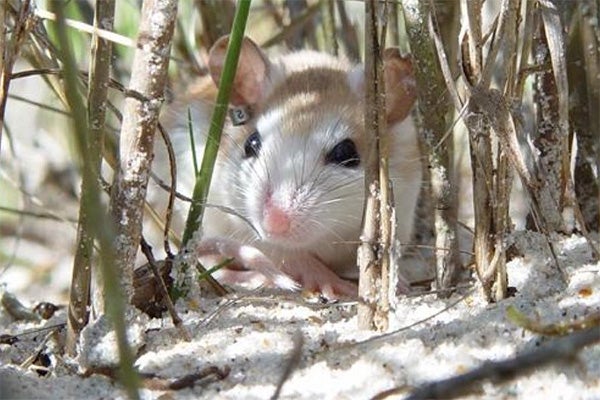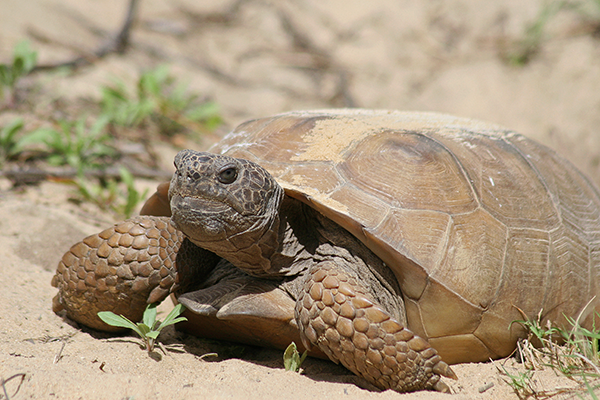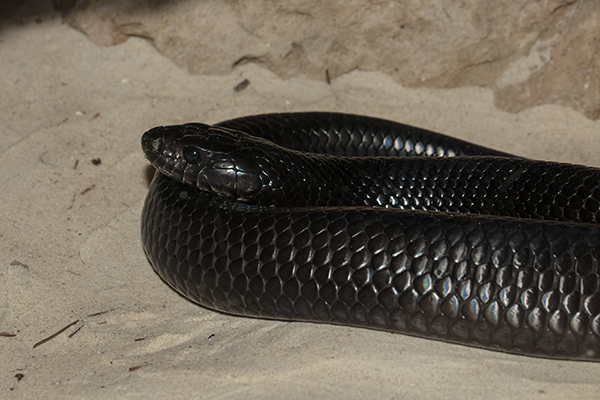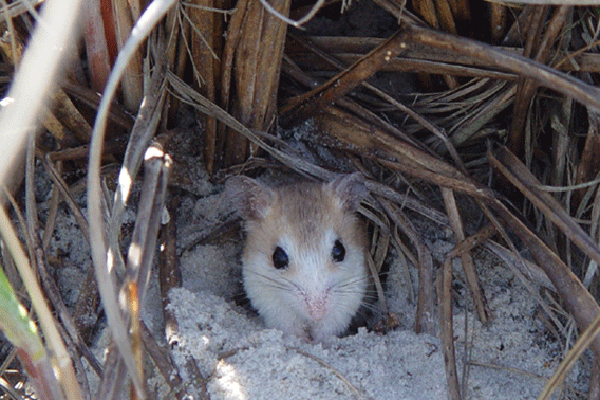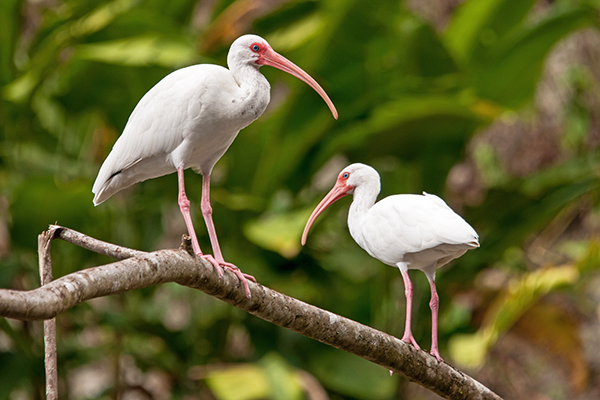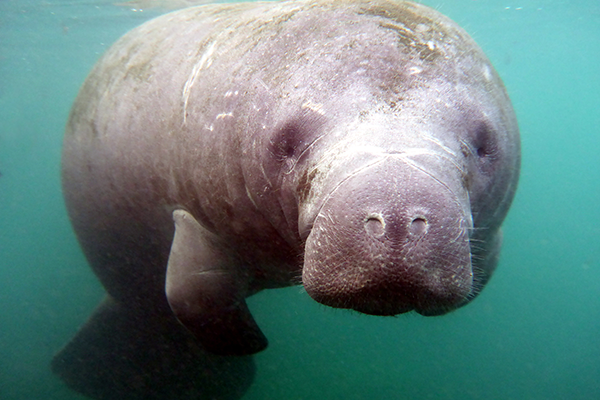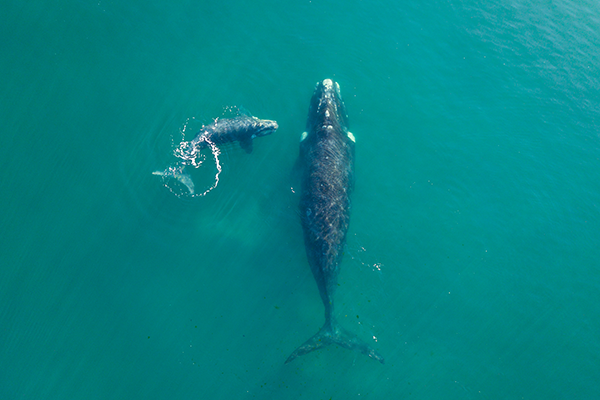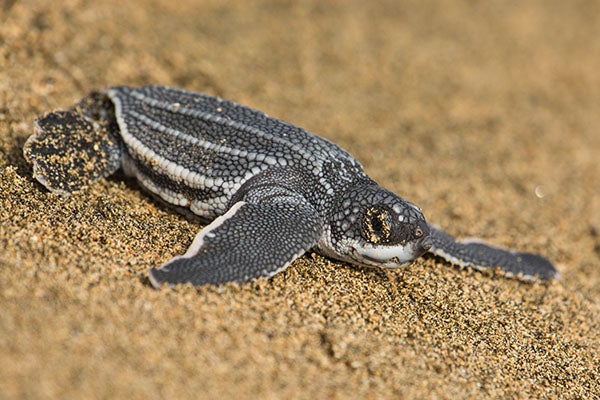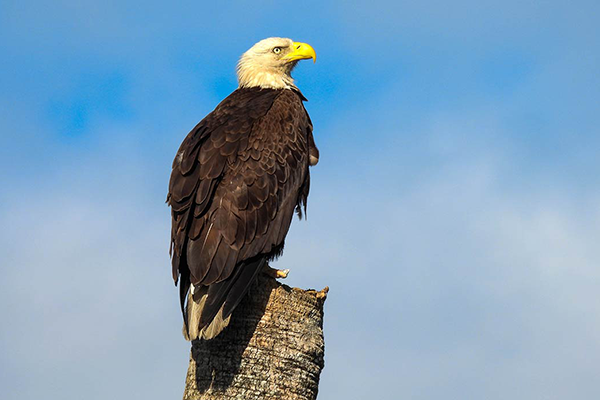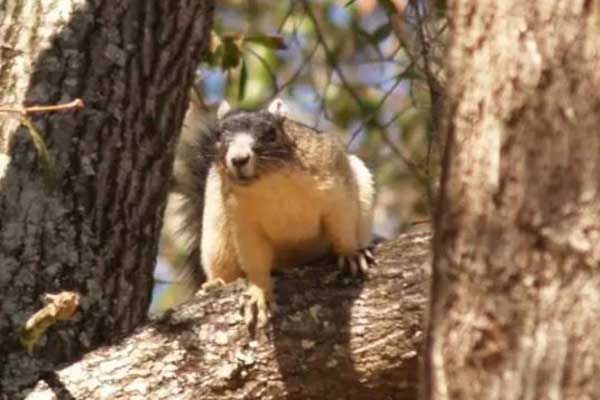Protected Species
Safeguarding Species
Some plant or animal species are experiencing declining numbers in population usually due to a decrease in available habitat. When the population of a species becomes critically low the Federal or State government may designate the plant or animal as a Protected Species. In Florida, there are several levels of Protected Species including Listed Species identified as Endangered, Threatened or Species of Special Concern or other Protected Species such as migratory birds or over harvested plants. There are a number of Protected Species that may occur on lands within St. Johns County. It is the County’s goal to assist the public and other governing bodies to take the appropriate steps for the safeguarding of Protected Species.
